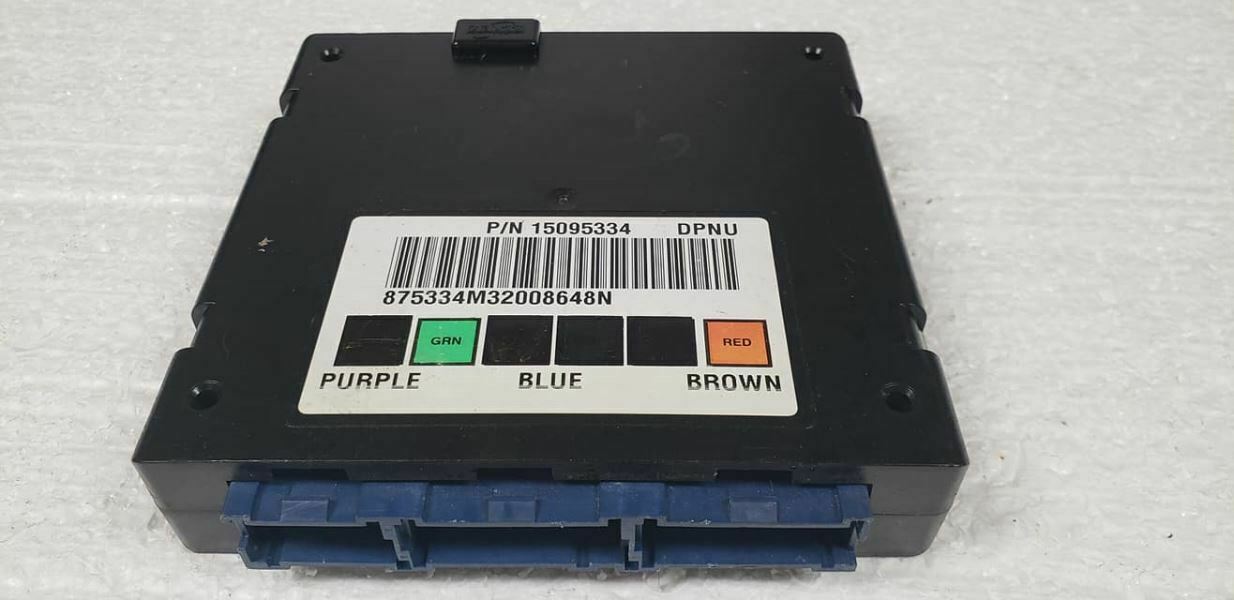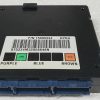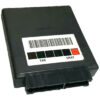Is Your GM Truck or SUV Experiencing Bizarre Electrical Issues?
If your 2002-2005 GM vehicle is acting possessed—with flickering lights, malfunctioning power windows or locks, a security light that won’t turn off, or random warning chimes—the culprit is often a failing Body Control Module (BCM). The BCM is the central computer for your vehicle’s body electronics, and when it starts to fail, it can cause a wide range of frustrating and difficult-to-diagnose problems. Don’t let a faulty module keep your truck off the road. This direct-replacement BCM is the reliable solution you need.
We had a 2002 Chevy Silverado 2500 in the shop that was driving the owner crazy. The interior dome lights would stay on intermittently, draining the battery overnight. He’d already replaced the battery twice and checked all the door jamb switches. After connecting our scan tool, we found communication errors pointing directly to the BCM. We installed a VIN-programmed module, and the problem was solved instantly. It’s a classic example of how a failing BCM can manifest in strange ways.
Common Symptoms of a Failing BCM
- ✔ Erratic or non-functional power windows, door locks, and mirrors.
- ✔ Interior or exterior lights that won’t turn on or off.
- ✔ The security or anti-theft light stays illuminated, preventing the engine from starting.
- ✔ Horn honking unexpectedly or not working at all.
- ✔ Wipers operating on their own or not responding to the switch.
- ✔ False warnings on the instrument cluster (e.g., ‘Door Ajar’).
- ✔ Communication loss with other vehicle modules (U-codes).
Why Choose Our Pre-Programmed GM BCM 15081796?
This isn’t just a replacement part; it’s a complete solution. We take the hassle and expense out of the repair by programming the module to your vehicle’s specific 17-digit VIN before it ships. This means no costly trips to the dealership for programming. It arrives ready for installation, designed to restore the factory functions of your vehicle. This module is a direct replacement for part numbers 15063578, 15081796, 15095334, 19208537, DKAK, and DPNU, ensuring broad compatibility across a range of GM trucks, vans, and SUVs.
Installation & Post-Install Notes
Installation is straightforward for a DIYer with basic tools, as the module is typically located under the steering column or in the center dash. While our VIN programming handles the critical setup, some vehicles may require simple post-installation relearn procedures. If your airbag light is on after installation, a professional scan tool is needed to perform the ‘Setup SDM Primary Key in BCM’ procedure. Additionally, a ‘Brake Pedal Position Relearn’ may be necessary on some models to ensure proper brake light and traction control operation. Best of all, there is no core charge, so you can keep your old part.
Frequently Asked Questions
Do I need to get this BCM programmed by a dealer?
No. We handle all the programming for you. Simply provide us with your vehicle’s 17-digit VIN during or after checkout, and the module will arrive ready to install.
What happens if my airbag light is on after I install it?
This can happen on some models. It means the new BCM needs to be synced with the airbag system’s Sensing and Diagnostic Module (SDM). A repair shop with a professional-grade scan tool can perform the ‘Setup SDM Primary Key in BCM’ procedure to resolve this.
Is this part truly plug-and-play?
For the most part, yes. Our VIN programming covers the essential functions. However, as mentioned, some vehicles may require minor, key-on relearn procedures or a scan tool for specific systems like airbags or brake position sensors.
How do I find my original BCM part number to confirm fitment?
Your original BCM will have a sticker on it with the part number. This module is a direct replacement for several part numbers, including 15081796, 15063578, and 15095334.
Where is the BCM located on my vehicle?
On most compatible GM trucks and SUVs from this era (like the Silverado, Sierra, Tahoe, Yukon), the BCM is located under the driver’s side of the dashboard, near the steering column. On vans like the Astro and Safari, it’s often behind the center dash panel.


